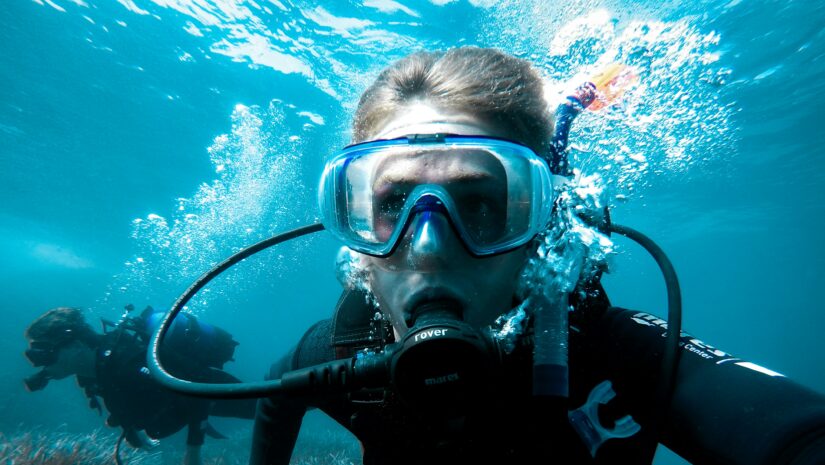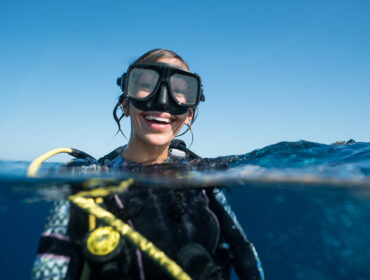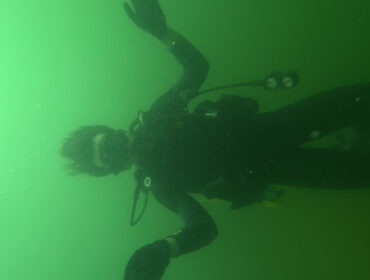You’re officially at the point of your diving life where you learn the 1/3 rule in scuba diving. Scuba diving, as fun and exhilarating as it might be, is an activity you might find a little technical. It has a long list of risks, meaning safety should be your priority. One crucial safety guideline that every diver should understand and follow is the 1/3 Rule. It’s a guideline for managing air supply and making sure you’re safe when you return to the surface.
Understanding the Rule
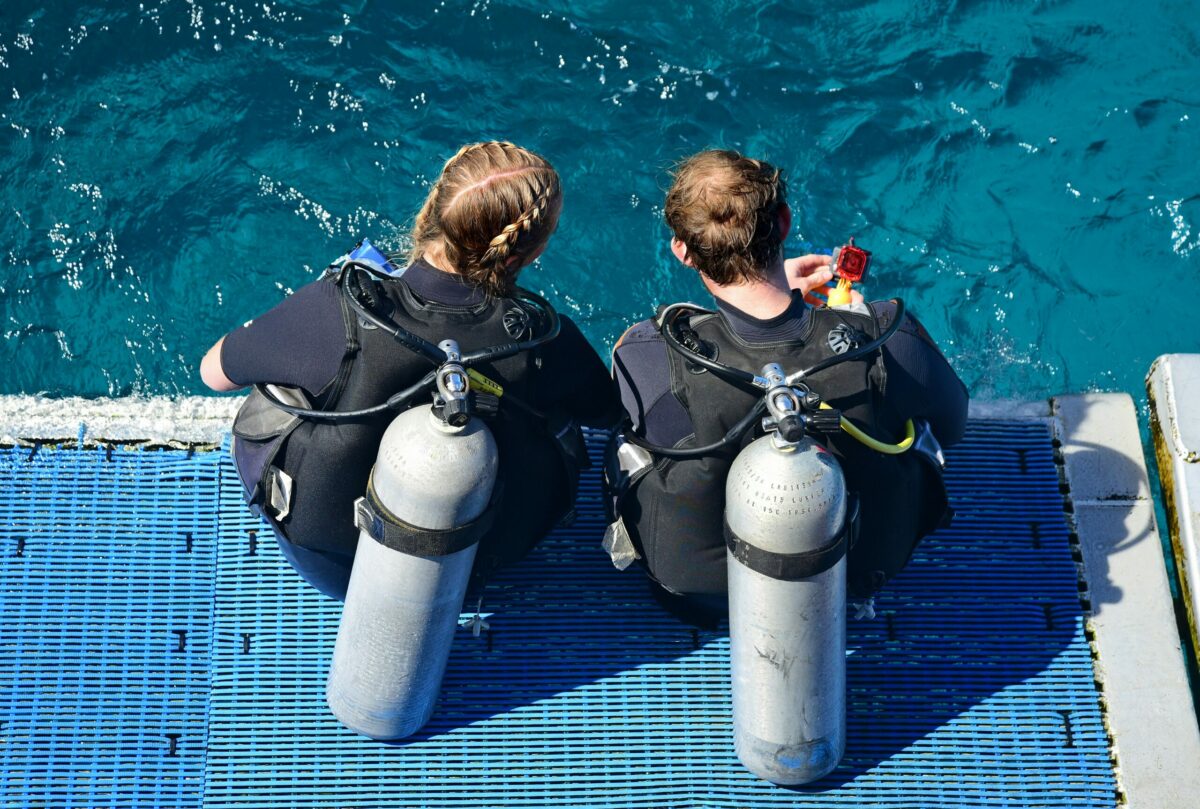
The 1/3 rule, also known as “the rule of thirds in scuba diving,” guideline for how to manage air consumption. Overall, its goal is to help divers have enough air to complete their dive safely. As you can imagine, the 1/3 rule useful in dives where access to the surface could be limited. Most commonly, this is practiced in cave diving and wreck diving.
It goes like this:
- Allot 1/3 of the air in your tank when swimming away from the entry point.
- Reserve another 1/3 of your air tank for your return trip.
- The last 1/3 of the air in your tank is a safety reserve in case of emergencies.
How do I calculate the 1/3 rule in scuba diving?
It’s time to whip up your ole calculator. Here’s a step-by-step guide on the whole process, including how to calculate your available air supply.
Determine your starting air supply.
In the beginning of your dive, take note of the pressure reading on your air tank. It’s typically in psi (pounds per square inch) or bar. To paint an example of how to calculate the 1/3 rule in scuba diving, let’s assume you have a tank with 3,000 psi (200 bar) of air.
Divide the air in your tank by 3.
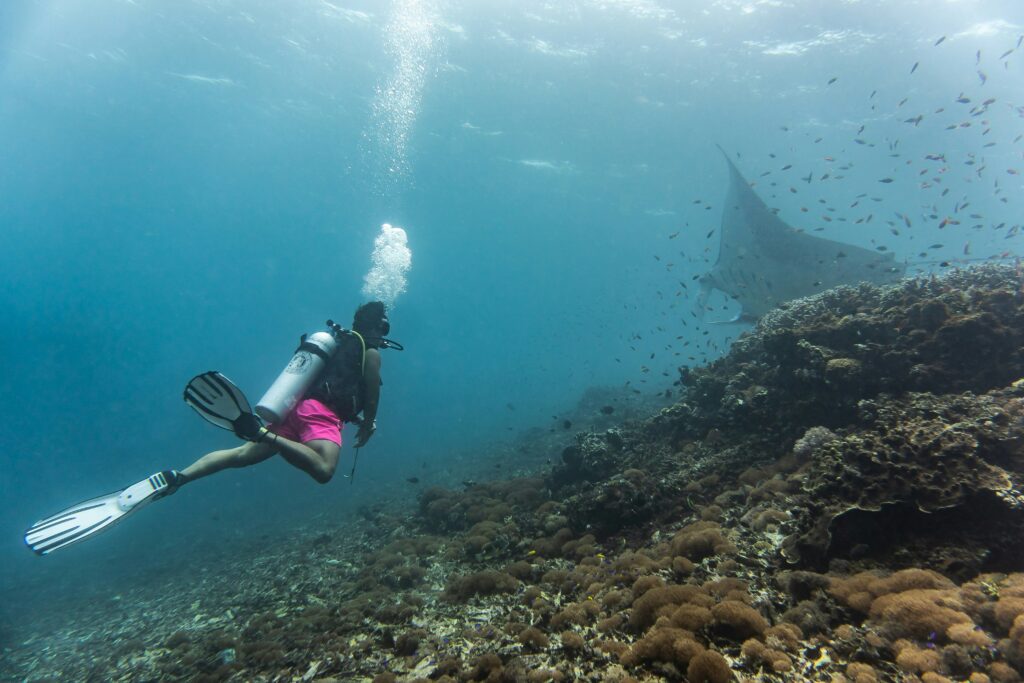
Divide your total air supply into three equal parts. For what we’ve assumed, this is how it’ll be:
3,000 psi / 3 = 1,000 psi. That means 1,000 psi (approximately 67 bar) each for your descent, return trip, and emergencies.
Stay mindful down there!
Monitor your air consumption regularly. Throughout the dive, eye your air consumption and pressure gauge. When you see that you’ve reached the 1/3 mark of your air supply, no matter what, you should go on your way back to your starting point.
When to Apply the 1/3 Rule in Scuba Diving
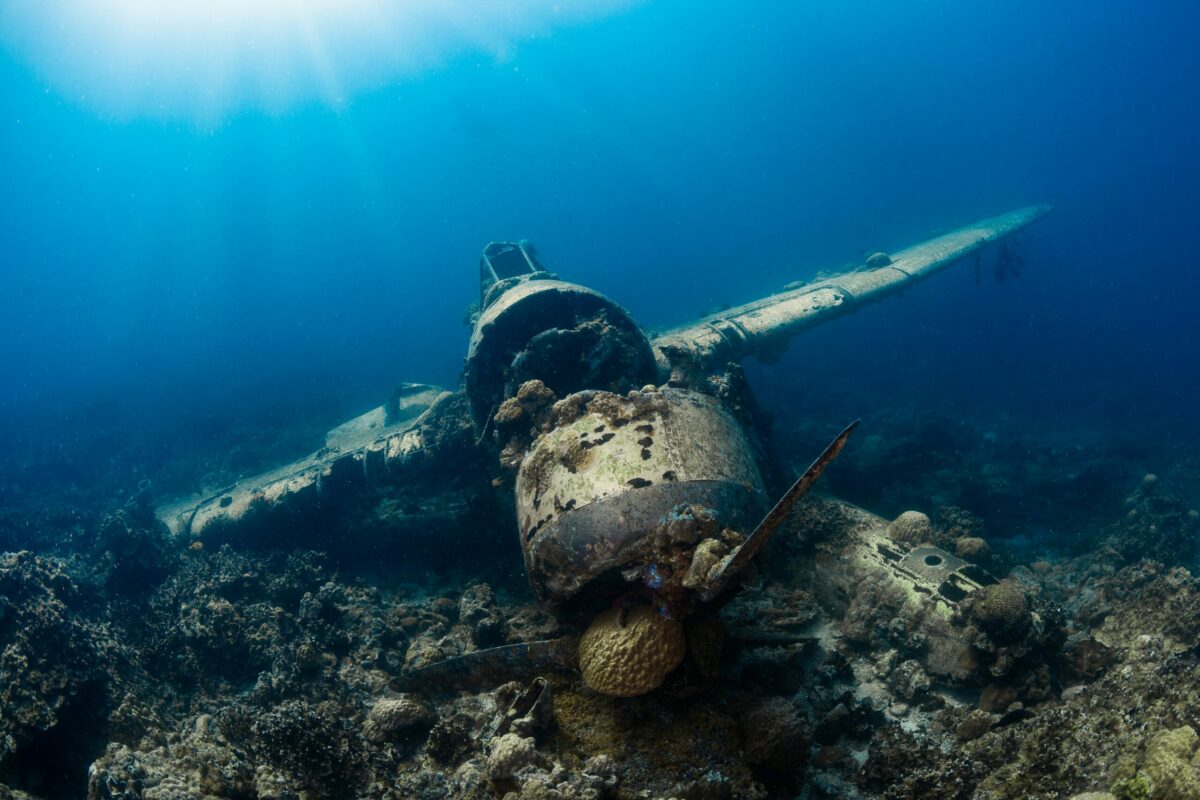
Okay, so the 1/3 rule is a good guideline to follow for all dives. However, it’s helpful for you to know which types of diving environments it’s extra recommended to follow: in cave diving, ice diving, wreck diving, and diving in strong currents.
When going cave diving, a direct overhead ascent is often impossible. Just like cave diving, wreck diving often involves diving inside a structure where an immediate ascent upward is not doable. Therefore, the 1/3 rule being applied provides a big safety margin for any difficulties, should any arise.
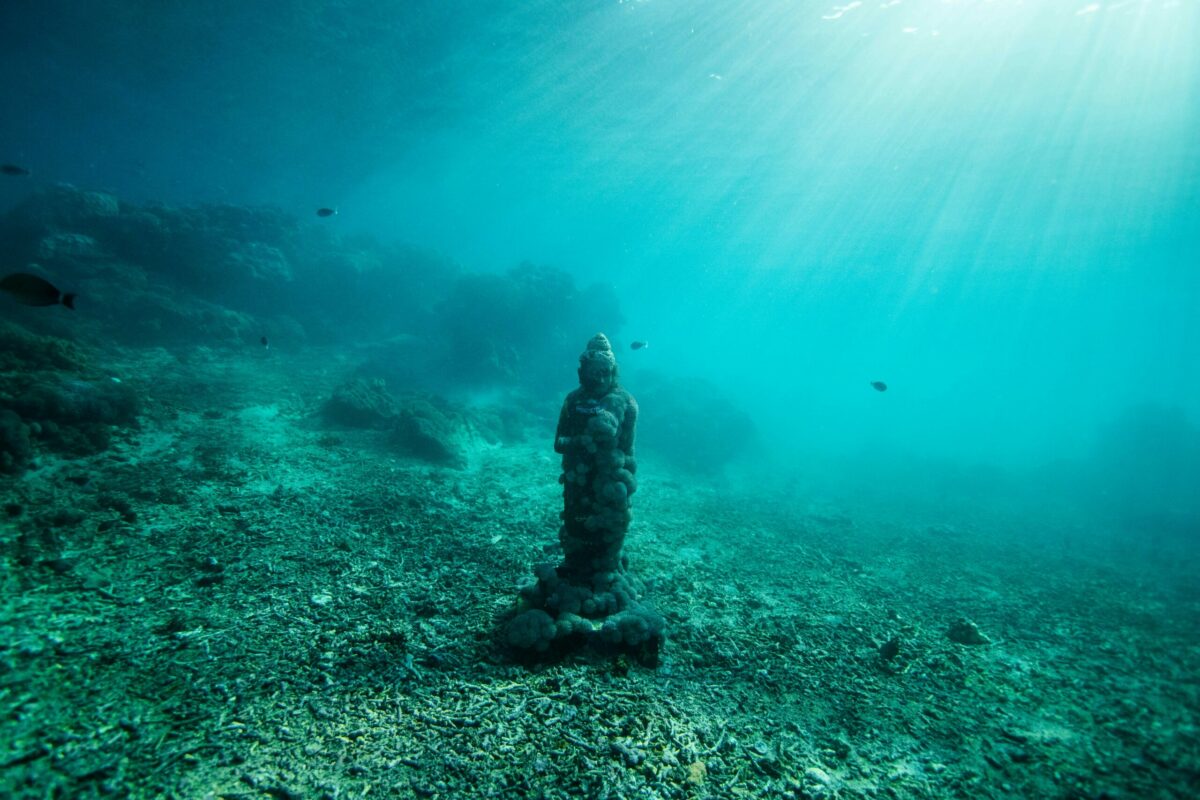
Aside from the previous two, ice diving and diving in strong currents like in Cozumel, Galapagos, and Discovery Passage can largely benefit from the rule of thirds in scuba diving. In ice diving, there’s only one entry and exit hole, so reaching it requires careful air management. In strong or unpredictable currents, too, there’s a need to expend more air to swim against the current when returning to the starting point. It’ll be quite the workout, so the 1/3 rule will come in clutch.
Why is it important?
There are a few reasons.
The 1/3 rule helps you prepare for emergencies.
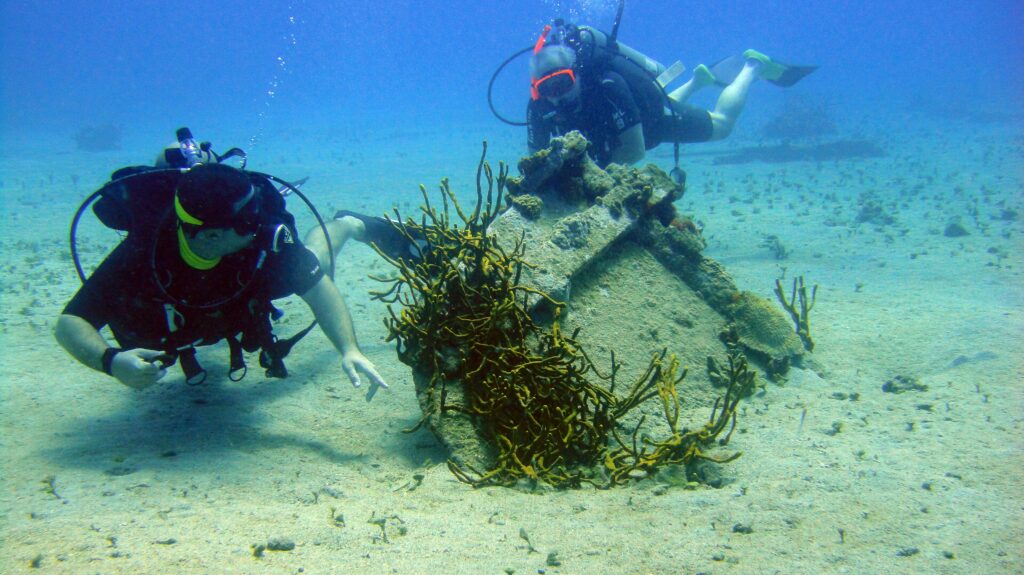
The primary purpose and the reason why the 1/3 Rule became a rule is for safety. Scuba divers, who need enough air for both a planned dive and unexpected situations, can benefit largely from the 1/3 rule.
It helps you avoid panic and stress.
Running low on air is terrifying, even for expert scuba divers. It can be a significant source of stress and panic, which in turn can largely increase your air consumption rate. Therefore, panicking only makes the problem worse! This rule helps you not to.
You can freely change your diving plans.
The weather might tell you one thing, but the water is something completely different. Fortunately, the 1/3 rule will give you the flexibility you need to allow yourself to turn back sooner if conditions suddenly take a turn for the worse.
You promote good diving habits.
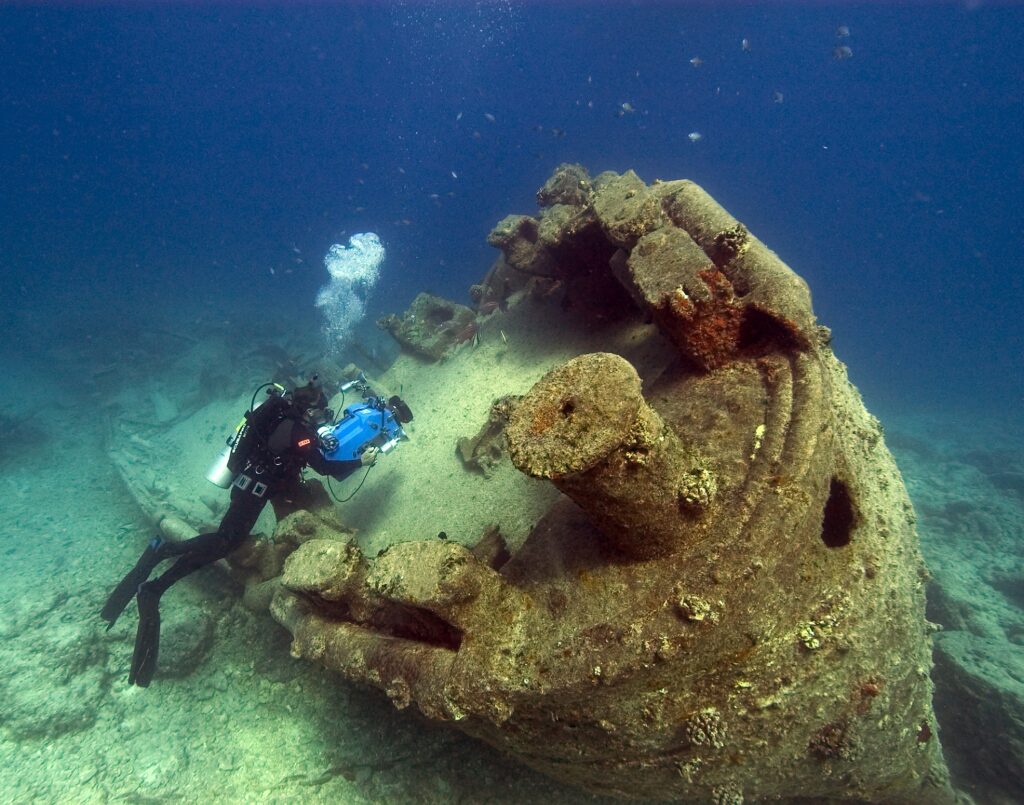
Following the rule promotes responsible diving behavior, especially in environments where diving is not easily down and up. Sometimes, direct ascent to the surface is not possible for cave and wreck divers. Therefore, the habit of adhering to the 1/3 rule is important.
FAQs
Yes, the 1/3 Rule can be adjusted based on the specific conditions of the dive, especially if you’ve done the dive many times and you know how much air each part requires. However, divers are generally advised to stick to the rule anyway, especially in more challenging environments.
The 1/3 Rule is allabout air management, but it naturally relates to dive time and depth. The deeper you dive, the more air you consume per breath due to the increased pressure. So, divers should be aware that the deeper they go, the faster they will reach their 1/3 air consumption limit.
The most important rule in scuba diving is to always breathe continuously and never hold your breath to avoid lung over-expansion injuries. Another important rule is that divers should ascend slowly and safely to prevent decompression sickness.
Yes, the 1/3 Rule should still be applied, even when diving with a guide or instructor. Guides cannot predict every possible problem, and every diver is responsible for their safety.
If you reach your 1/3 air supply limit before the planned turnaround point, it is wise to begin your return to your starting point ASAP.
Follow the 1/3 Rule in Scuba Diving!
The 1/3 Rule in scuba diving is an essential guideline that helps make sure divers like me and you are safe, prepared, and responsible during diving. It ensures that divers always have enough air for both planned and unplanned events, reducing the risk of accidents. Remember, it’s better to surface with extra air than to run out when you need it most.

